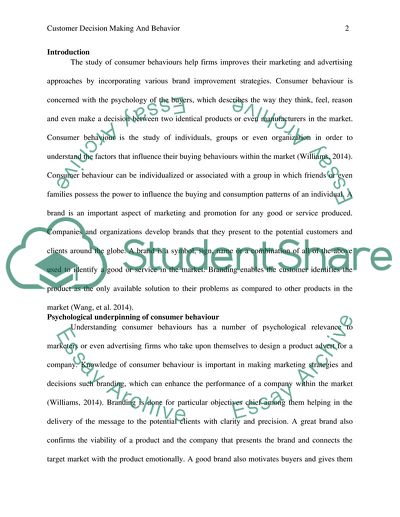Cite this document
(“Buyer behaviour Essay Example | Topics and Well Written Essays - 3000 words - 1”, n.d.)
Buyer behaviour Essay Example | Topics and Well Written Essays - 3000 words - 1. Retrieved from https://studentshare.org/marketing/1683222-buyer-behaviour
Buyer behaviour Essay Example | Topics and Well Written Essays - 3000 words - 1. Retrieved from https://studentshare.org/marketing/1683222-buyer-behaviour
(Buyer Behaviour Essay Example | Topics and Well Written Essays - 3000 Words - 1)
Buyer Behaviour Essay Example | Topics and Well Written Essays - 3000 Words - 1. https://studentshare.org/marketing/1683222-buyer-behaviour.
Buyer Behaviour Essay Example | Topics and Well Written Essays - 3000 Words - 1. https://studentshare.org/marketing/1683222-buyer-behaviour.
“Buyer Behaviour Essay Example | Topics and Well Written Essays - 3000 Words - 1”, n.d. https://studentshare.org/marketing/1683222-buyer-behaviour.


